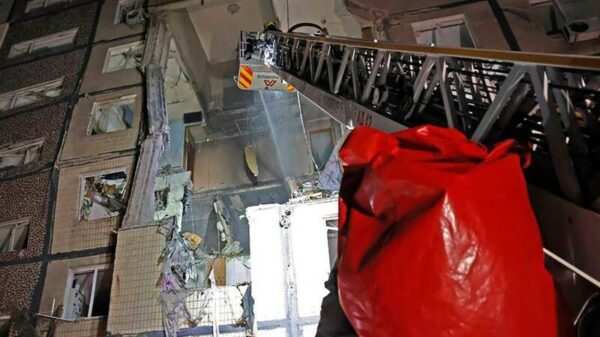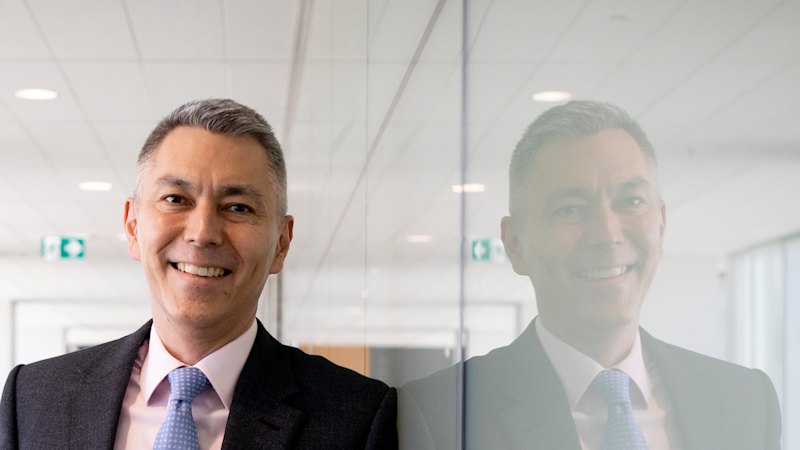The CEO of BHP, Mike Henry, is taking bold steps to revolutionize the way his organization conducts meetings, aiming to eliminate inefficiency and enhance productivity. In a recent interview published by the news site Semafor, Henry outlined a unique system designed to gather structured feedback from participants after each meeting. This initiative is part of a broader strategy called the BHP Operating System, which focuses on continuous improvement across the company.
Henry’s approach involves appointing an individual to evaluate the meeting’s effectiveness, including how well he led the discussion. This feedback is shared with all participants, making it a key component of the company’s ongoing assessment of its operational practices. According to BHP, this feedback system is intended to ensure that meetings are purposeful and lead to tangible outcomes.
Many professionals experience the frustration of attending unproductive meetings that seem to drag on indefinitely. A significant portion of the workforce faces these challenges weekly, often participating in gatherings that lack clear direction or meaningful results. Surveys suggest that more than 70% of meetings are deemed ineffective, highlighting the pressing need for a change in corporate meeting culture.
Reevaluating Meeting Structures
Henry’s methodology at BHP includes several practical steps aimed at enhancing meeting efficiency. Participants are encouraged to think critically about the purpose of each meeting, who should attend, and what the expected outcomes are. Formal agendas are often required to be shared 24 hours in advance, allowing attendees ample time to prepare.
A company spokeswoman emphasized, “The main aim is to have the right participants in the meeting and to have an outcome. And to stop the meetings if not of use.” This sentiment aligns with the advice of organizational behaviour experts like Rebecca Hinds, who advocates for a systematic approach to meetings. Hinds’ upcoming book, Your Best Meeting Ever, suggests strategies to minimize unnecessary gatherings, proposing a “meeting doomsday” to eliminate unproductive sessions.
Despite the potential benefits, Henry’s initiative has met with skepticism among some colleagues. Critics question whether the feedback process, which can be completed via an app in about five minutes, is reliable. Concerns were raised about the accuracy of participants’ assessments, suggesting that people might provide biased feedback based on their relationships in the workplace.
The structured feedback focuses on specific criteria, such as whether meetings start on time and if discussions remain relevant to the agenda. By standardizing the evaluation process, BHP aims to reduce the influence of personal biases, ensuring a more objective assessment.
Measuring Success and Continuous Improvement
BHP’s approach is not merely about collecting feedback; it also prioritizes analyzing that feedback to gauge the effectiveness of the meetings. Teams are encouraged to reflect on how well their gatherings align with broader performance goals, rather than just reviewing the meetings themselves. This shift in focus is intended to enhance accountability and ensure that meetings contribute to the organization’s objectives.
In a unique twist, the process even includes feedback for those providing assessments, fostering a culture of continuous improvement. Employees can indicate if meetings are adequately addressing key issues, such as budget overruns or project delays.
While Henry’s initiative may not be suitable for every organization, it represents an important step towards addressing a widespread issue within corporate culture. With millions of meetings conducted daily, any effort to streamline this process is worth considering, especially in light of the ongoing struggle to make meetings more effective.
As BHP continues to refine its approach, the hope is that this feedback-driven model will inspire other companies to rethink their meeting strategies, ultimately leading to a more productive and engaged workforce.


































































